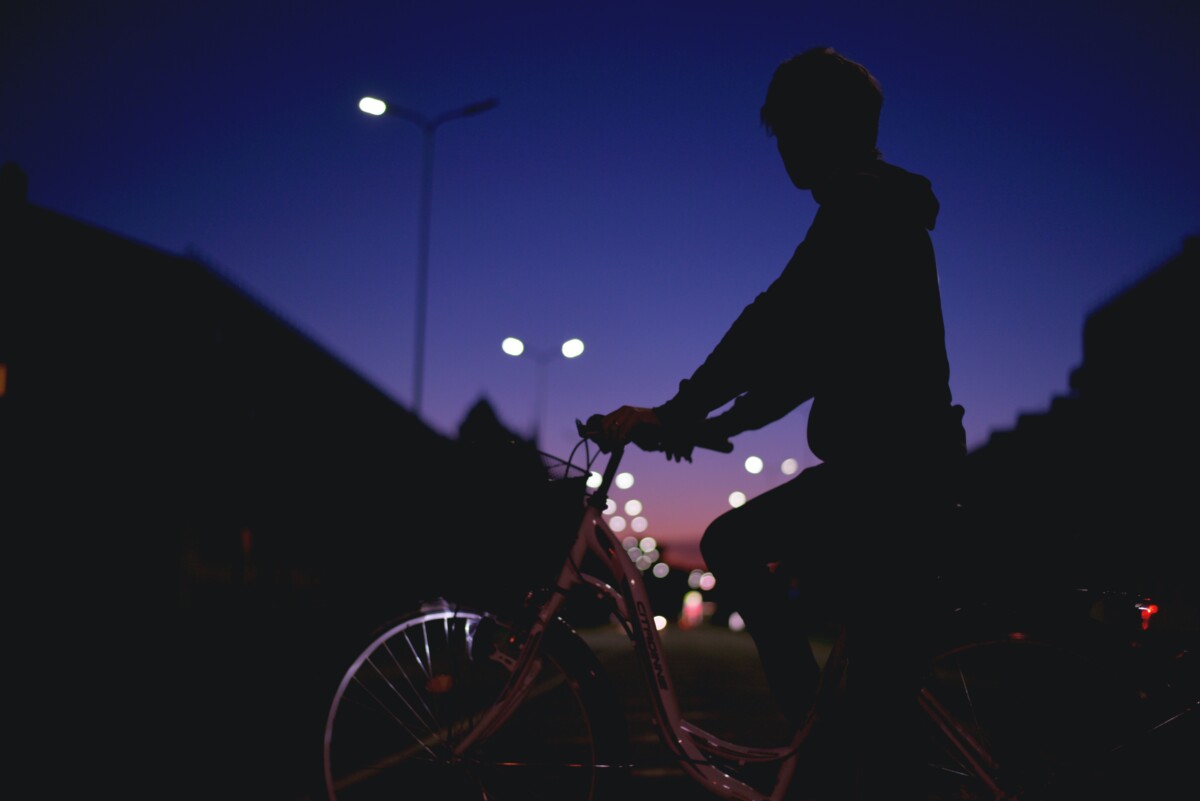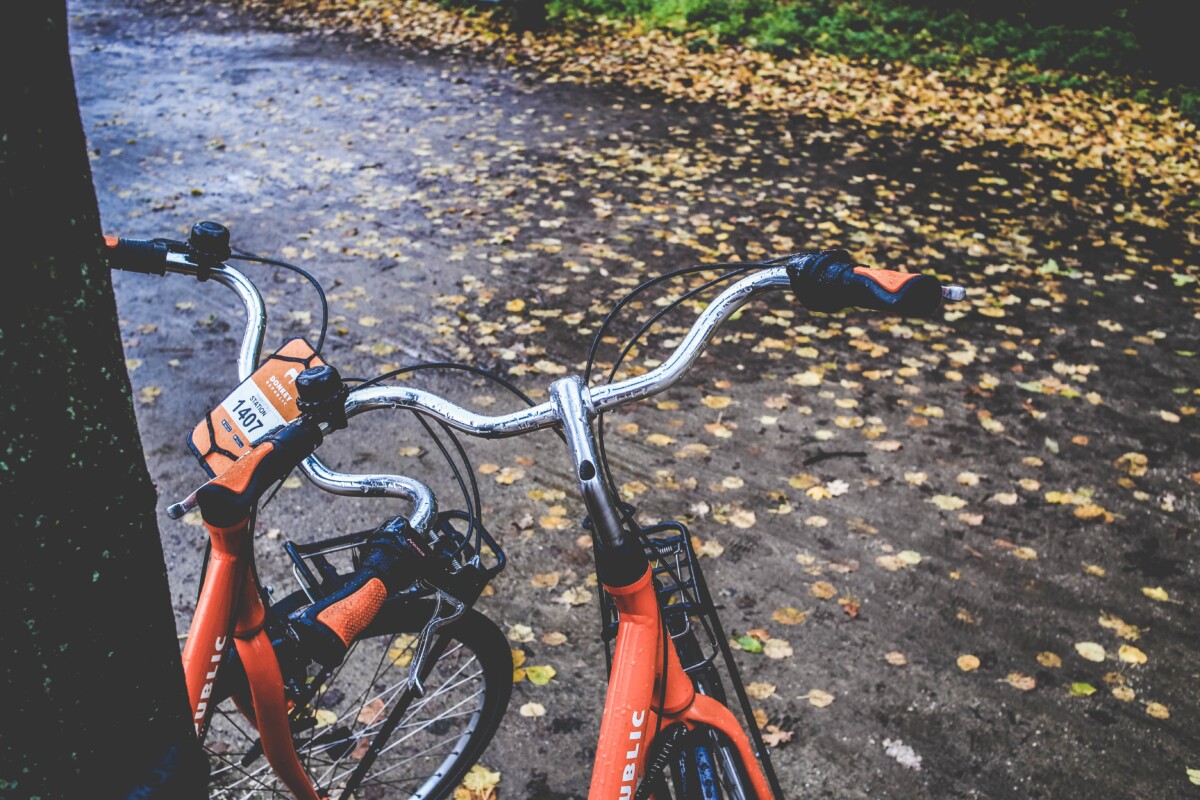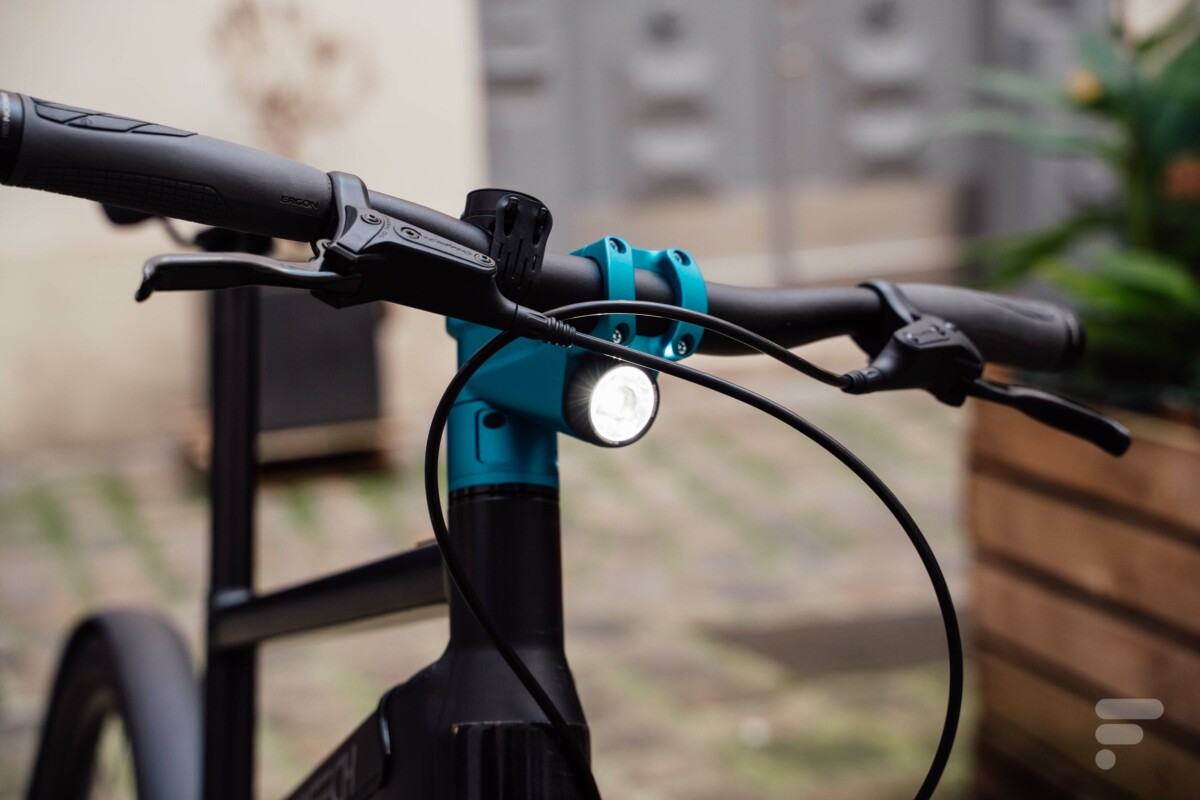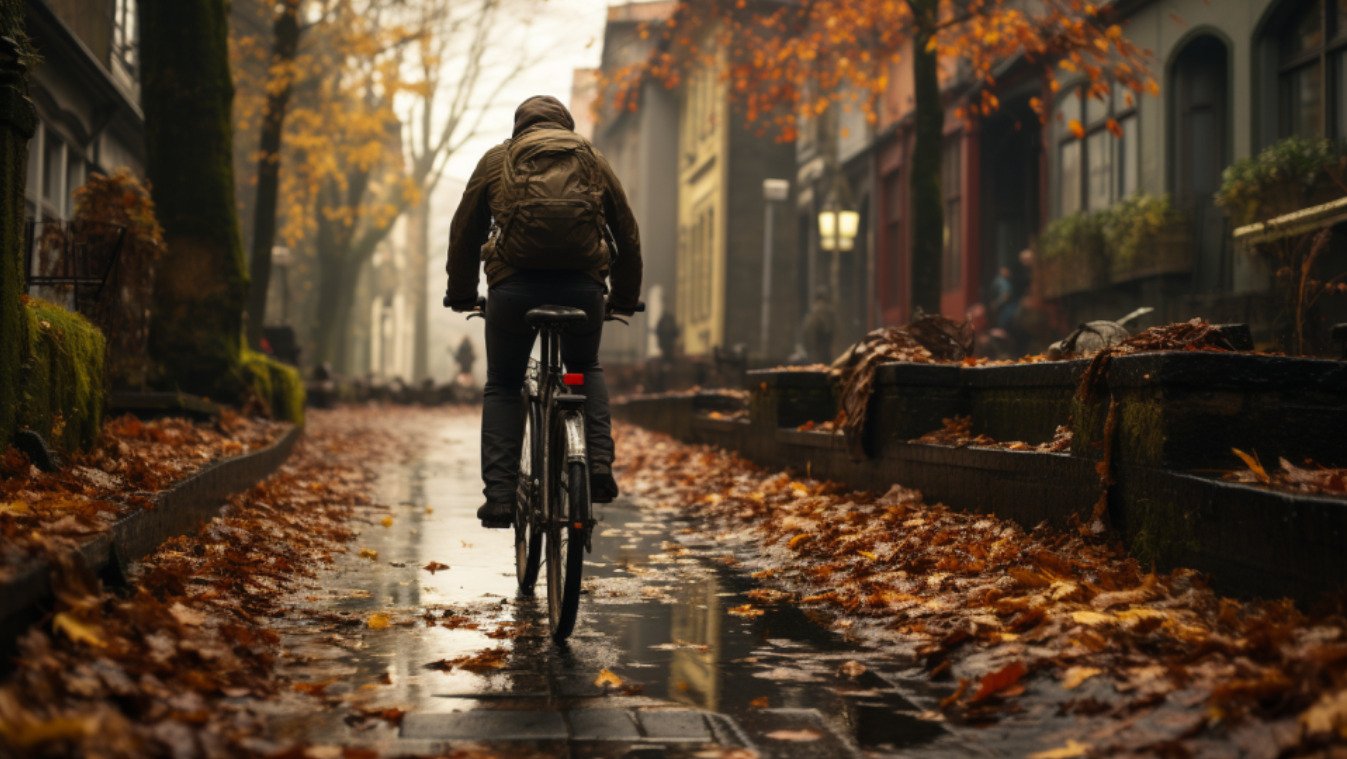Fall and winter are two seasons where vigilance is more than necessary during your bike trips. Between reduced visibility, more slippery floors and energy expenditure likely to make us more tired, it is time to be cautious.
Riding a muscle bike or electric bike in town requires knowing the road signs specific to cyclists, but also being aware of the few rules of good behavior to adopt. It is for your safety and that of other users. After all, you share a common circulation space.
In autumn and winter, you should also be extra vigilant for several reasons. Frandroid identifies here the main problems that cyclists may face during this period, and provides some advice to improve your safety.
Fading visibility
It’s no secret: after the summer solstice on June 21 each year, the days get shorter. In October, the switch to winter time even sets our clocks back an hour. Consequence: in the evening, the sun suddenly sets much earlier. Obviously, visibility becomes reduced from the end of the afternoon.
On Sunday October 29, for example, our star will disappear from the horizon at 5:35 p.m. in Paris. It will continue to set earlier and earlier until the winter solstice on December 21. On this date, bedtime in Paris is even scheduled for 4:56 p.m., for a wake-up time of 8:41 a.m. In short, it’s the “shortest” day of the year.

If you are a fan of cycling, there should be plenty of bike rides in the dark during the week, especially in the evening, and often in the morning. At “night”, visibility is necessarily less, despite the presence of artificial lights. Therefore, be extra vigilant by anticipating as much as possible and reducing your speed.
Above all, the number of cyclists tends to increase during rush hour. High crowds on roads or trails used also increase the risk of accidents. Combined with a dimly lit environment, this can cause sparks.
A rainier period: watch out for slippery ground
Nowadays, global warming tends to make our summers drier and less rainy. During this period, cyclists get used to dry, not very slippery bitumen. Here again, the level of vigilance must increase in the fall, since precipitation is generally more common – this also depends on the region.
It is enough to compare the national meteorological report from Météo France for summer 2022 and autumn 2022 to see that the level of rainfall is higher during the late season. Same song for the winter which overlapped the 2022 and 2023 vintages.

With rainy days more common, roads and cycle paths are bound to be more slippery during bad weather. Consequences: your bike generally has less grip – especially cycles equipped with slick tires or a slick tread – which increases the risk of falls.
Autumn is also conducive to leaf fall. And the least we can say is that the combination of “soggy ground” and “wet leaves” is generally fatal. Just brake on one of them and your rear tire quickly kicks out and takes you into the scenery.
Greater energy expenditure
Autumn and winter naturally see a drop in temperatures. And pass the threshold of 17 degrees Celsius, “ the body will burn calories to maintain its internal heat, around 37°“, explain BFM . The body therefore expends more energy, which tends to make us more tired.
Greater fatigue can lead to a reduction in your alertness and attention, particularly when cycling where the level of concentration must be high enough to observe your surroundings, anticipate any situation and be responsive in the event of danger. imminent.
Here again, remember to stay focused to best strengthen your safety.
Our advice to improve your security
Faced with these autumn and winter problems, a few safety reflexes deserve to be highlighted, particularly if you are riding on wet ground.
First, reduce your average speed, whether in a straight line, downhill, before an intersection or a turn. The idea is to reduce the risk of falls due to too high a speed followed by too much braking. After all, a trip by bike is not a race: there is no need to rush.

For electric bike owners, avoid using the most powerful assist mode. This is the most dynamic mode, which takes you the fastest to 25 km/h. A more modest mode probably makes more sense for better controlling your machine on slippery or unreassuring roads.
Do not hesitate to inflate your tires well so that their grooves can easily drain water. And this in order to avoid anyaquaplaning.At night, good headlights – the Supernova brand is excellent – all too often have a vital role to play in illuminating the road, especially if you have to take poorly lit routes. To complete it all, high visibility jackets – like the RC500 from Decathlon – can be useful.
